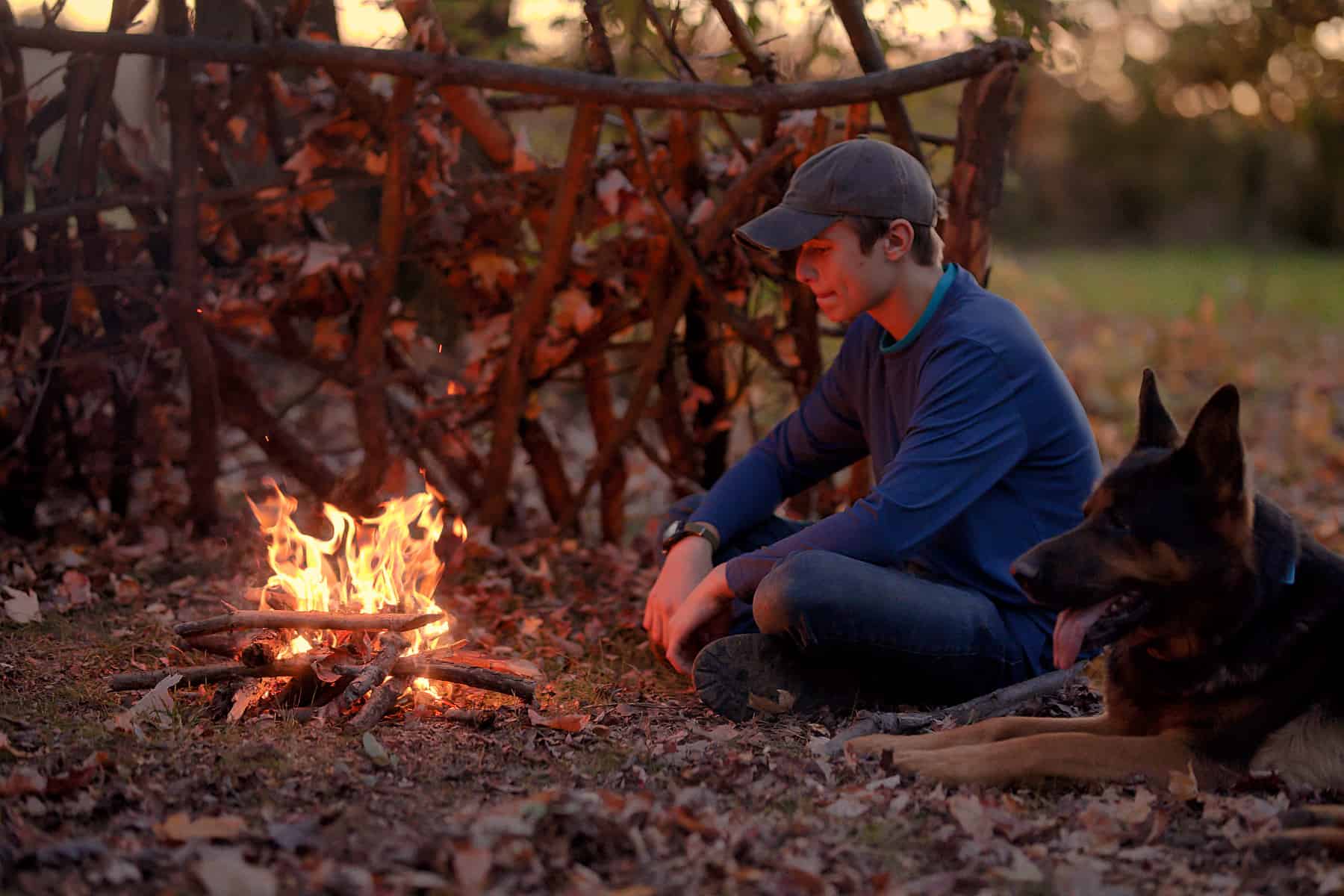
The Norwegian whaling workers were shocked when a leathery, frail man, covered in grease from melted whale blubber, staggered into their whaling station along the coast of Antarctica. Men who lived along the rugged coast of Antarctica knew better than anyone else that it was impossible to survive the interior, let alone in the middle of winter. The cold, hunger and crushing pain of this place would be unbearable for most people. It would be near impossible to survive with modern survival equipment.
Ernest Shackleton was an exception. He led his two counterparts to that camp. We can learn a lot from Shackleton’s example about preparing for the unexpected. He had survival gear that he used to face the wilderness, as well as urban gear to survive the sprawling suburbs and concrete jungle.
A photo of Ernest Shackleton’s ship taken by one of its crewmembers.
There are countless lists and opinions on the internet about what you will need to survive in remote places, at sea or even in isolation within your own home during a social collapse. There are no guarantees that the survival gear you’re given will keep you alive. There is no silver bullet, no shopping list that works. Survival doesn’t mean buying the right products. The story of Shackleton’s HMS Endurance that was found recently off the Antarctic coast shows how important it is to be the right person.
To help me form a comprehensive and informed understanding of what lies ahead, I gathered advice from SERE instructors, survivalists, hunters, Special Operators, and SERE (Survival, evasion, resistance, and escape) instructors. But good survival gear will help you out, so let’s focus on both now that survival is still hypothetical.
What Is the ‘Best’ Survival Item?
The most important survival tool is not something you can buy, but rather the mental strength to endure. You’ll be burning calories and relying upon involuntary physiological processes to keep you alive until you can get help.
The right attitude can give you the power to overcome obstacles. It will also help you to overcome your everyday complacency and master skills that you may not need.
You can cultivate a survivor’s mindset, like the one which kept Shackleton’s crew alive for almost a year, by dedicating time to reading books and watching videos online. Make friends with those who are willing to share their experiences and help you learn from them. Get instruction from a professional. It is important to practice what you have learned because survival skills can be lost. Use land navigation skills when you go hiking, bushcraft techniques when you camp and situational awareness whenever you are in a dangerous situation.
The Four Basic Elements That Are Critical for Survival
It’s best to take any definitive lists of numbers with a pinch of salt. However, most people agree that shelter, water and food are the four essentials for survival. The order may change depending on the environment. You will eventually need them all if you have enough time.
You’ll be required to build many of the items you need in the wilderness survival. The ability to construct a shelter intelligently, create a fire and obtain food is essential. Urban survival poses a unique set of challenges. Shelter and water may be easier to find in cities or towns, but this doesn’t necessarily mean that they are safe.
This is just a starting point. There are many more aspects to preparedness. The majority of your survival gear will be used to achieve these four objectives. After you’ve taken care of these four priorities, you can move on to other things.
Survival Gear You Should Keep in Your Pack
No matter what scenario you are preparing for, ensuring that shelter, water and food is available should be your top priority.
Shelter: Tarps and Tents
Shelter can be anything, from a roof tent on your car to a tarp that you use to waterproof a shelter you build in the wilderness. Shelter can also be the clothing you wear. Base layers will wick away sweat from your skin. Insulating layers will retain your body heat. And an outer shell can protect your clothing and you from rain, wind and other physical damage.
You’ll need to protect your skin from the sun, even if you live in a hot, dry climate. This will help you stay cool and prevent dehydration. Clothing that blends in with the environment is some of the best urban survival and survival gear. Make a plan to suit your environment. For more details to visit bushcraftpro
Food and Water
Store jugs with clean drinking water at home, or attach a filter to your hydration pack to make potable water while on the move. Camping food that is dehydrated can be a great option for short-term use. However, being able catch small game and fish to sustain yourself for a long time will also help.
Fire can not only keep you warm but also sanitize your food and water and protect you against foodborne illnesses. At least three different ways of starting a fire should be available to you at all times. A fire-starting set with waterproof matches, Ferro rods, and tinder is a great way to ensure your survival.
You can provide best trauma care if you’re familiar with the techniques, procedures, and strategies that will save lives. Know how to use a tourniquet. Bradley Hicks/U.S. Air Force
Medkit Including Tourniquet
A medical pack is a must-have in every survival kit. They are easy to use and small. They can make the difference between life or death. Learn how to use by purchasing one. Prepare yourself to clean up and take care of small cuts. If you can’t clean and care for a minor injury, it could become a major problem.
Knives and Other Blades
You should have blades that are suitable for various purposes in your survival equipment. If you plan to spend a long time in the wilderness, you might want a saw or hatchet. Axes and bolt cutters are also useful for urban survival. Your local fire department is a good example.
Consider the combined effect of your blades when choosing them. You can rely on smaller knives or multitools if you already have a hatchet. You should consider investing in a full-tang, beefy bushcraft knife if you don’t already have one.
Even the simplest tools can help you create the bare necessities and cook simple meals if you have the knowledge base to use them.
Comms
Even Shackleton, the legend of Antarctic exploration, needed help at some point. Prepare by having several ways to send and receive a message. You can get nearly unlimited coverage with a satellite communicator (assuming you have paid for the service).
Although they aren’t quite as advanced, hand-held and stationary radios can be very effective. Consider primitive methods like smoke and signal mirrors.
A Good Pack
It makes a big difference how you arrange your gear. The most important gear should be in the easiest to reach places. Keep your packing strategy consistent and familiarize yourself with the location of all items. Repackage your survival kit periodically, update the contents and charge your batteries as needed. A survival kit packed in July may not be very useful in January.


